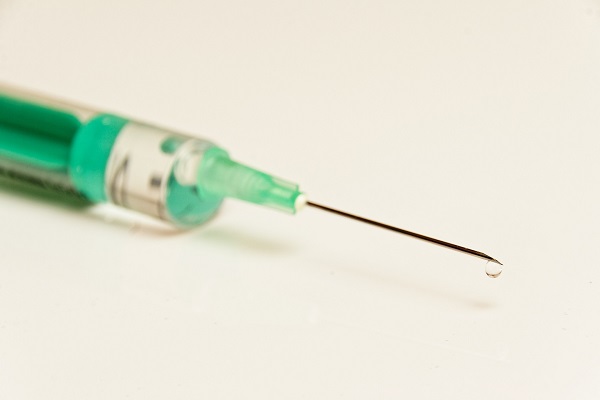What Are the Benefits and Risks of Prolotherapy?
All Medical Procedures Carry Some Risks, Learn About Prolotherapy
Prolotherapy treatment consists of a series of injections into joints, ligaments, or tendons to promote the growth of connective tissues in the body. Like all medical procedures, there are some risks and side effects associated with prolotherapy. However, these risks are minimal, especially when compared to the far greater dangers of surgery.

All Medical Procedures Carry Some Risks, Learn About Prolotherapy
To start, the injections are often paired with a local anesthetic, either through injection or topical application. Some patients are allergic to these anesthetics, though it is rare. Reactions are usually limited to the skin, causing some slight swelling or inflammation at the point of contact. If you have known allergies to anesthetic, we will find an alternative way to prevent pain during prolotherapy. However, it is entirely possible to forgo anesthetic entirely during these procedures.
At Neurology & Pain Treatment Center, we use natural anesthetics rather than a general anesthetic so you are able to walk right in and out of your appointment without being put under. During surgical procedures, general anesthetic is usually required, meaning you will be unconscious for the duration of your surgery. Not only does this increase the chance of complications during surgery itself, it usually means you will have to remain overnight for observation. This means you’ll remain in the hospital for a longer period of time than you would with prolotherapy injections.
If you are having surgery, your doctor will have you fast for several hours before the procedure. This is because general anesthesia relaxes your muscles, including those of your digestive track. In its relaxed state, the contents of your stomach could escape and enter your airways, leading to pulmonary aspiration. With prolotherapy, you do not need to fast before your procedure as you will not receive general anesthesia.
Prolotherapy Risks to the Spine
Prolotherapy for the back and neck pose a greater risk for complications than other areas due to the proximity of the spinal cord. The chance of permanent nerve damage is slim, but it does exist. The risks from prolotherapy to this region is still less than the associated risks with back or neck surgery. If you have any questions about prolotherapy, do not hesitate to ask Dr. Neal Pollack during your consultation.
Spinal headaches occur when an injection interrupts the pressure system of the spine. Fortunately, the headache often goes away on its own within 4 to 6 weeks. If a spinal headache persists for longer, additional treatment may be required.
How Do I know If I Have a Spinal Headache?
If the headache seems to go away while lying flat and comes back or intensifies while standing or sitting, you most likely have a spinal headache. See your doctor for diagnosis and treatment.
General Side Effects of Prolotherapy
The most common risk of prolotherapy is infection. This happens when bacteria enters any break in the skin, including those caused by prolotherapy needle injection. To identify a potential infection after prolotherapy, check for the following at the injection site:
- Discoloration
- Change in injection size
- Red streaks
- Warmth
- Drainage coming from the injection site (yellow or green in color)
- Odor
You may also experience fever and light-headedness. If you suspect you have developed an infection, see your physician right away for treatment. You may need antibiotics or other medication to control the infection.
Infection is preventable with good hygiene before, after, and during prolotherapy treatment. Dr. Pollack does everything possible to prevent the risk of infection by keeping the injection site clean for the procedure.
Other Prolotherapy Side Effects
Temporary pain and stiffness around the injection area are not uncommon. This is a result of the inflammation process beginning to take effect and is the start of the healing process.
Often, the only risks from prolotherapy are superficial bruising, some bleeding, or swelling at the injection site. Pain may last for a few days before fading. If discomfort lasts longer than a week, medication may be prescribed to reduce the pain.

